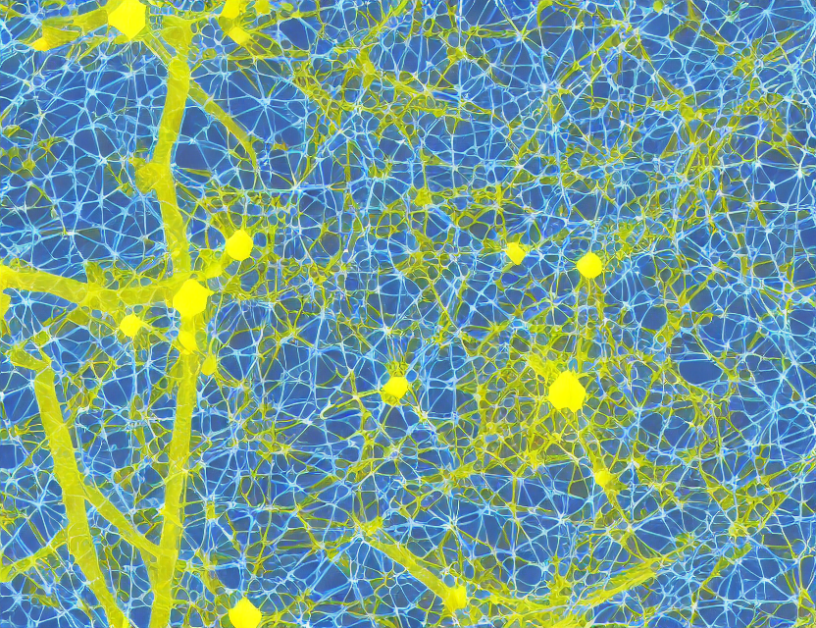Deep learning algorithms are revolutionizing cancer treatment planning by improving dose calculation accuracy. In this article, we explore a novel approach that combines physics-based dose prediction with deep learning to generate more accurate dose distributions for radiation therapy. Our proposed method addresses limitations of conventional approaches and demonstrates improved performance in ablation studies.
Ablation Study
To evaluate the effectiveness of our proposed strategies, we conducted three experiments using different input channels and optimization techniques. Experiment 1 used CT images and contour bitmasks as input channels, while Experiment 2 added beam masks and sliding window techniques to the CT images. Experiment 3 combined the output of Experiments 1 and 2 to generate a more accurate dose distribution.
Impact of Component
Our ablation study revealed that each component of our proposed strategies has a significant impact on dose calculation accuracy. Beam masks and sliding window techniques improved the accuracy of the dose distribution, while incorporating both physics-based dose prediction and deep learning enhanced the overall performance.
Conclusion
Our novel approach combining physics-based dose prediction with deep learning demonstrates improved accuracy in radiation therapy treatment planning. By leveraging the strengths of both methods, we can generate more accurate dose distributions while addressing limitations of conventional approaches. Future research directions may focus on incorporating additional physics-based information and optimizing the architecture of deep learning models to further improve prediction accuracy.



